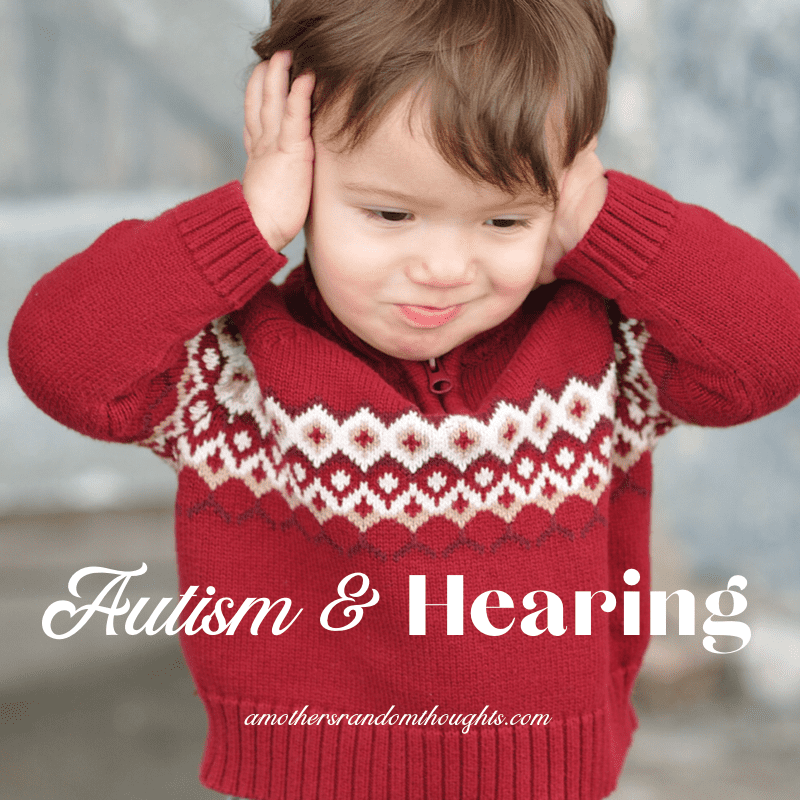

Some people have no sense of smell and fail to notice extreme odours (this can include their own body odour). Providing ear plugs and music to listen toĬreating a screened workstation in the classroom or office, positioning the person away from doors and windows. Preparing the person before going to noisy or crowded places
LISTENING EARS SIGNS FOR AUTISM WINDOWS
Shutting doors and windows to reduce external sounds Like a train rumbling through your ears."

"Do you hear noise in your head? It pounds and screeches. Inability to cut out sounds – notably background noise - leading to difficulties concentrating. May be able to hear conversations in the distance Noise can be magnified and sounds become distorted and muddled You could help by using visual supports to back up verbal information, and ensuring that other people are aware of the under-sensitivity so that they can communicate effectively. To meet the person’s individual sensory need, include experiences they enjoy in their daily timetable. Might enjoy crowded, noisy places or bang doors and objects. May only hear sounds in one ear, the other ear having only partial hearing or none at all You could make changes to the environment, such reducing fluorescent lighting, providing sunglasses, using blackout curtains and/or creating a workstation in the classroom - a space or desk with high walls or divides on both sides to block out visual distractions. Has difficulty getting to sleep as sensitive to the light. Poor depth perception, difficulties with throwing and catching, clumsiness.ĭistorted vision - objects and bright lights can appear to jump aroundĮasier and more pleasurable to focus on a detail rather than the whole object Objects appear quite dark, or lose some of their featuresĬentral vision is blurred but peripheral vision quite sharpĪ central object is magnified but things on the periphery are blurred Here we look at some of the effects of hypersensitivity or hyposensitivity to sights, sounds, smells, tastes, touch, balance and body awareness, and ways you could help.
LISTENING EARS SIGNS FOR AUTISM TV
"If I get sensory overload then I just shut down you get what's known as 's weird, like being tuned into 40 TV channels." This can result in withdrawal, distressed behaviour or meltdowns. Too much information can cause stress, anxiety, and possibly physical pain. A person who finds it difficult to process everyday sensory information can experience sensory overload, or information overload. Sometimes an autistic person may behave in a way that you wouldn't immediately link to sensory differences. You can also find out about synaesthesia, therapies and equipment. Here we help you to understand autism, the person and how to help. These sensory differences can affect how they feel and act, and can have a profound effect on a person’s life. Any of their senses may be over- or under-sensitive, or both, at different times. Processing everyday sensory information can be difficult for autistic people.

Gift Aid and making your donation go further Our patron, president and vice presidents Parent to Parent Emotional Support HelplineĪdult residential and supported living service vacancies


 0 kommentar(er)
0 kommentar(er)
